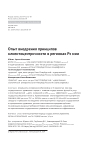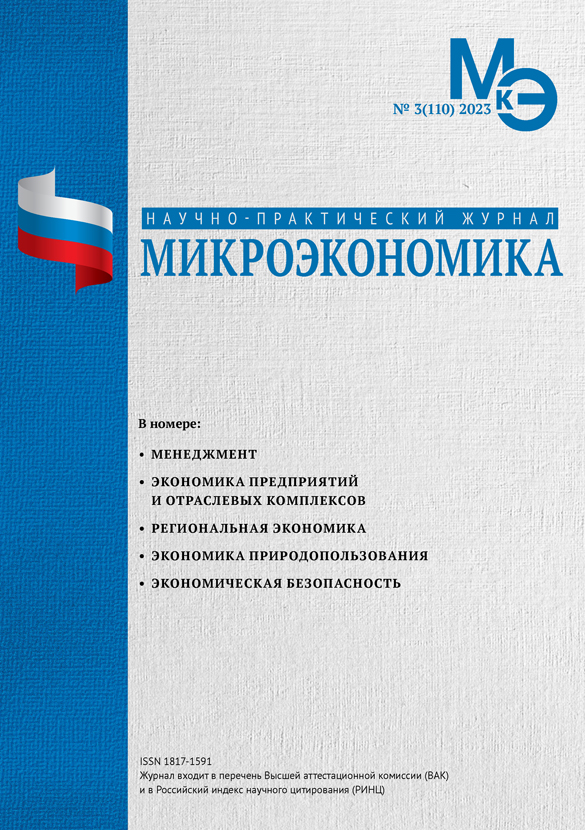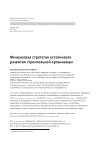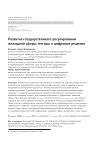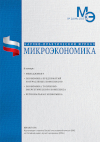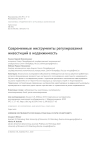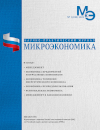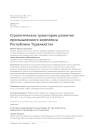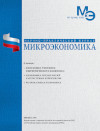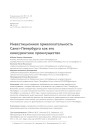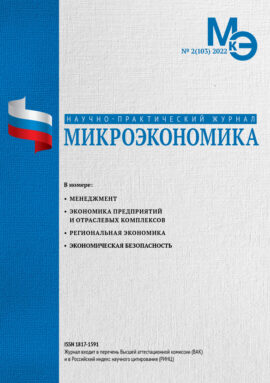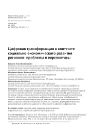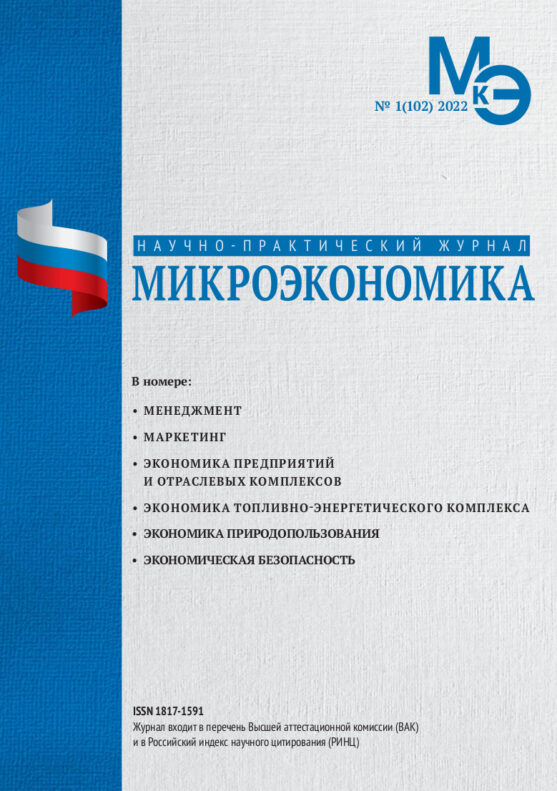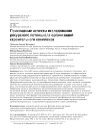DOI: 10.33917/mic-2.103.2022.65-74
The article defines the purpose of the study, which is to identify the most pressing problems of digital transformation at the regional level. A brief description of the digital transformation strategies of several subjects of the Russian Federation, differing in the level of socio-economic development, is presented. The authors also present a comparative analysis of the regions in six mandatory areas of digitalization. It is concluded that it is necessary to create an appropriate infrastructure, including new models of interaction between business, scientific organizations, authorities and, as a result, the formation of a high level of public confidence in the reliability and security of digital infrastructure.
References:
1. Voronina E.V., Ushakova E.V., Fugalevich E.V. Digital transformation of the activities of regional authorities as a form of crisis mitigation // Creative Economy. 2022;16(1):37. (In Russ.). doi: 10.18334/ce.16.1.114146
2. Dobrolyubova E.I., Yuzhakov V.N., Efremov A.A., Klochkova E.N., Talapina E.V., Startsev Ya.Yu. Digital future of public administration based on results. M.: Publishing house «Delo» RANEPA, 2019. pp. 37-38. (In Russ.).
3. Pechatkin V.V., Vildanova L.M. The level of digitalization of types of economic activity as a factor of their competitiveness in a pandemic // Issues of innovative economics. 2021;11(1):48. (In Russ.).
4. On the Strategy for the Development of the Information Society in the Russian Federation for 2017-2030: Decree of the President of the Russian Federation. URL: http://www.kremlin.ru/acts/bank/41919
5. Strategy in the field of digital transformation of the sectors of the economy, social sphere and public administration of St. Petersburg: approved at an expanded meeting of the Presidium of the Council for Strategic Development and Project Activities in St. Petersburg, protocol No. 6 of 25.08.2021. URL: https://digital.gov.ru/uploaded/files/protokolrasshirennogozasedaniyasoveta25082021.pdf
6. Strategy in the field of digital transformation of the sectors of the economy, social sphere and public administration of the Republic of Tatarstan: approved by the Resolution of the Cabinet of Ministers of the Republic of Tatarstan dated August 18, 2021, No. 748. URL: https://pravo.tatarstan.ru/rus/file/npa/2021-08/828959/npa_828960.pdf
7. Strategy in the field of digital transformation of the sectors of the economy, social sphere and public administration of the Kurgan region: approved by the Order of the Government of the Kurgan region of August 19, 2021, No. 161-r. URL: //digital.gov.ru/uploaded/files/d45494549.pdf
8. Strategy in the field of digital transformation of the sectors of the economy, social sphere and public administration of the Oryol region: approved by the Order of the Governor of the Oryol region dated August 20, 2021, No. 54-r. URL: http://www.consultant.ru/regbase/cgi/online.cgi?req=doc;base=RLAW127;n=77576#uaYyXwSTwaUqy3rJ
9. Strategy in the field of digital transformation of sectors of the economy, social sphere and public administration of the Republic of Kalmykia for the period 2022-2024: approved by the Decree of the Republic of Kalmykia dated August 16, 2021, No. 36. URL: http://publication.pravo.gov.ru/Document/View/0800202108170002



